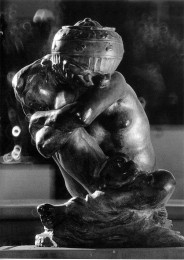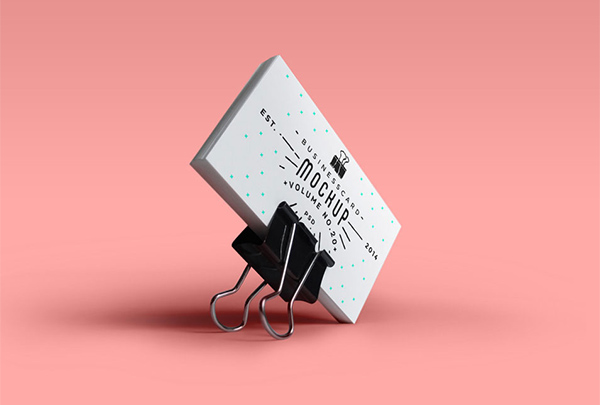
The Fallen Caryatids
 In the early 1880s Rodin created two female figures, each in a spiral pose, each either falling in within herself due to the heavy load she bears (one totes an huge stone on her shoulder, the other has an equally-sizable urn) or each springing into action despite her burden. These figures are descendants of Greek caryatids, architectural columns in the guise of female figures who bear the weight of a building’s architrave on their heads.
In the early 1880s Rodin created two female figures, each in a spiral pose, each either falling in within herself due to the heavy load she bears (one totes an huge stone on her shoulder, the other has an equally-sizable urn) or each springing into action despite her burden. These figures are descendants of Greek caryatids, architectural columns in the guise of female figures who bear the weight of a building’s architrave on their heads.
We thank North Carolina Museum of Art Curator David Steel for reminding us in his beautiful volume about Cantor gifts to his Museum that these two works speak not only to Rodin’s times but also to ours. Steel quotes this passage in Robert Heinlein’s 1961 novel Stranger in a Strange Land:
There Jubal Harshaw, the “neo-pessimist philosopher,” waxes eloquently about Rodin’s sculpture: “This poor little caryatid has fallen under the load. She’s a good girl — look at her face. Serious, unhappy at her failure, not blaming anyone, not even the gods…and still trying to shoulder her load… She’s a symbol for every woman who ever shouldered a load too heavy. But not alone women – this symbol means every man and every woman who ever sweated out life in uncomplaining fortitude until they crumpled under their loads. It’s courage…and victory… She’s a father working while cancer eats away at his insides, to bring  home one more paycheck. She’s a twelve-year-old trying to mother her brothers and sisters because mama had to go to Heaven…She’s all the unsung heroes who couldn’t make it but never quit.
home one more paycheck. She’s a twelve-year-old trying to mother her brothers and sisters because mama had to go to Heaven…She’s all the unsung heroes who couldn’t make it but never quit.
In 1897 Rodin himself wrote of this piece:
On each part of this body, the entire rock rests like a will that was greater, more ancient and more powerful, and yet its destiny, which was to carry, has not stopped. It carries, as one carries the impossible in a dream, and cannot find a way out. And despite its collapse, its weakness, the act of carrying continues, and when exhaustion strikes again, forcing this body to recline, even when reclining, it will still carry, will go on carrying forever.





No Comments